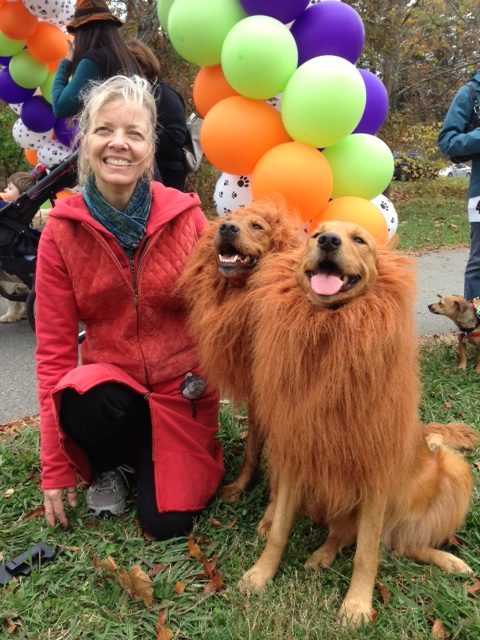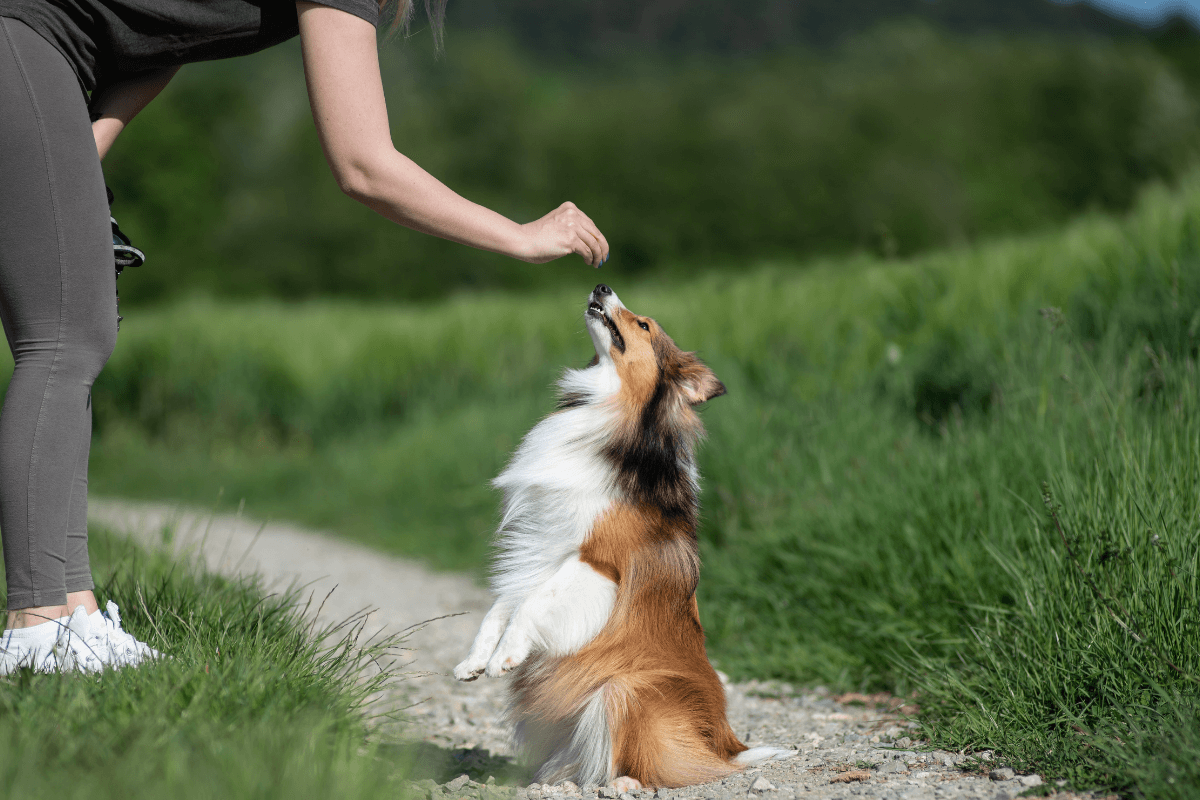Exactly how to Select the Right Approach for Successful Dog Training
Wiki Article
Essential Tips for Successful Dog Training: An Overview for Family Pet Owners
Reliable pet dog training is a complex procedure that needs a calculated method customized to both the pet dog's temperament and the owner's goals. Secret parts such as establishing consistent commands, utilizing positive reinforcement, and promoting very early socialization play critical roles in fostering a well-adjusted canine friend. However, many pet dog owners experience challenges that can impede progress, bring about stress and uncertainty. Comprehending exactly how to navigate these obstacles can substantially boost the training experience, ultimately transforming the connection between proprietor and dog. What are the vital approaches that can be used to guarantee success in this venture?Comprehending Canine Habits
Recognizing pet dog habits is essential for effective training and promoting a harmonious partnership between pooches and their owners. dog training. Canines interact largely via body language, articulations, and actions, making it crucial for proprietors to translate these signals properly.
Socialization plays a considerable role in pet dog behavior; exposure to numerous settings, people, and various other pets can substantially impact a canine's personality. Factors such as type features and specific temperament ought to guide training methods, as some types might have certain behavioral characteristics that require customized techniques. By recognizing these aspects, owners can create a helpful atmosphere that motivates favorable actions, bring about successful training end results and a much deeper bond with their family pets.
Establishing Regular Commands
Reliable communication with your dog starts with establishing consistent commands. This fundamental element of training is crucial for cultivating understanding in between you and your animal. Consistency in the commands you use ensures that your canine can dependably connect particular words or phrases with the preferred actions.When picking commands, choose clear, unique words that are very easy to claim and separate from one another. Prevent utilizing similar-sounding commands that might puzzle your dog. For instance, making use of "sit" and "stay" is suitable, however "rest" and "struck" could cause misunderstandings.
Additionally, preserve the same tone and volume for every command. Dogs are delicate to vocal signs, so varying your tone can produce complication.
It is similarly important to guarantee that all member of the family get on the same web page regarding the commands used. A united front in command use will avoid mixed signals and strengthen the knowing process.
Favorable Reinforcement Strategies
The power of favorable support in pet dog training hinges on its capability to encourage desired habits with incentives and praise. This method is based in the principle that habits adhered to by desirable outcomes are most likely to be duplicated. By incorporating favorable support into your training program, you can effectively shape your pet dog's habits in a constructive fashion.To implement favorable reinforcement, it's necessary to determine what encourages your canine, whether it be treats, toys, or spoken appreciation. When your pet dog executes a wanted activity, such as remaining on command, promptly award them with a reward or love. This association in between the command and the favorable end result reinforces their understanding.
It's crucial to timing the benefits correctly; supplying the support within seconds of the desired habits aids your canine make the link (dog training). Additionally, uniformity is key-- ensure that all relative make use of the very same commands and reward systems to prevent complication
Gradually, you can lower the frequency of treats as your pet dog discovers the behavior, transitioning to applaud or recurring rewards. This technique not just cultivates a strong bond between you and your dog but additionally advertises a favorable knowing setting, making educating a satisfying experience for both.
Socialization and Interaction
Regularly exposing your pet dog to a range of atmospheres, people, and other pets is essential for their social growth. Socialization must begin early, preferably during the crucial window of 3 to 14 weeks, when puppies are most responsive to new experiences. Older canines can likewise profit from ongoing socializing efforts.Present your dog to different settings, such as parks, pet-friendly shops, and metropolitan areas. This direct exposure assists them adapt to different stimuli, reducing anxiety and concern reactions. Urge positive communications with other dogs and people, making sure that these encounters are controlled and secure to promote self-confidence.
Use structured playdates with courteous dogs, as this can enhance your canine's social skills and teach them proper behavior. Obedience classes and training sessions additionally offer superb click resources opportunities for socializing, permitting your dog to engage with others in a supervised setting.
Screen your dog's body movement during interactions, as this will aid you evaluate their convenience level. Gradually raise exposure to even more tough situations while making sure that each experience is positive. A well-socialized pet is most likely to display balanced habits, making them a happiness to have in any setting.
Resolving Common Training Difficulties
Every dog owner will certainly come across training challenges at some time, regardless of their dog's age or socialization level. Identifying common issues such as stubbornness, distractions, and terror can help in creating reliable strategies for renovation.
Progressively introduce distractions as the pet comes to be much more skillful in commands. Short, regular training sessions are likewise effective in maintaining interest.
Fearfulness can prevent a pet's knowing procedure. Progressive desensitization to the source of anxiety, combined with positive reinforcement, can help alleviate anxiety. Persistence is essential; never require a pet right into a circumstance that triggers distress, as this might worsen the problem.
Ultimately, understanding and addressing these common obstacles with a structured technique will certainly cultivate a more efficient training experience, strengthening the bond between pet and owner while advertising reliable discovering.
Final Thought
In recap, effective canine training depends on an extensive understanding of canine habits, the facility of consistent commands, and the application of favorable support strategies. Socialization plays a crucial duty in establishing well-adjusted pets, while attending to common training difficulties calls for persistence and flexibility. By executing these vital techniques, pet dog owners can promote a strong bond with their recommended you read pets and promote useful link preferable habits, ultimately bring about a harmonious relationship between people and their canine companions.Comprehending pet habits is essential for reliable training and promoting a harmonious partnership in between dogs and their owners.Socializing plays a considerable role in pet habits; exposure to various atmospheres, individuals, and other pets can significantly impact a pet's temperament.The power of favorable support in canine training exists in its ability to motivate desired behaviors via rewards and appreciation. By integrating positive reinforcement into your training regimen, you can successfully form your canine's actions in a constructive way.
In summary, effective pet dog training counts on a thorough understanding of canine behavior, the establishment of regular commands, and the application of favorable reinforcement strategies.
Report this wiki page